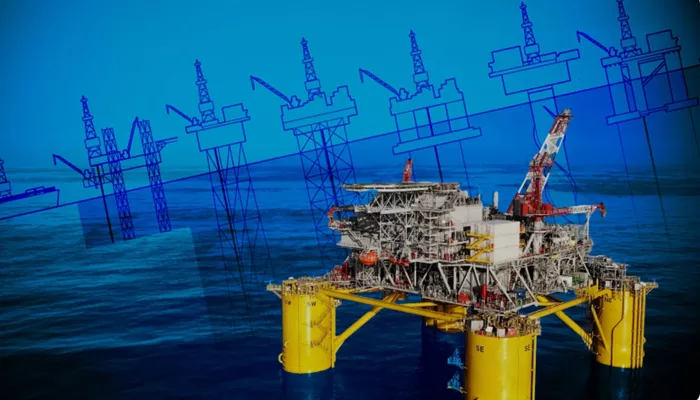Global oil and gas companies are shifting their exploration strategies to prioritize cost-effective projects, focusing on drilling near existing infrastructure rather than high-risk frontier plays. As energy firms navigate a landscape shaped by price volatility and tighter budgets, the emphasis has moved toward efficiency and quicker returns on investment.
While early bets on emerging regions like Guyana have yielded significant hydrocarbon discoveries, most companies are now targeting mature basins and well-developed areas where exploration and development costs are substantially lower.
According to energy research firm Rystad Energy, global exploration spending has hovered between $50 billion and $60 billion annually since the oil price crash a decade ago—less than half of the $117 billion peak in 2013. Since 2016, there’s been no major rebound in exploration budgets, as companies have adopted leaner operating models and demand rapid paybacks on new investments.
For many international oil majors, the new strategy is defined by “smaller and lower”: smaller exploration budgets, shorter lead times from discovery to production, and lower costs enabled by proximity to existing infrastructure. Although discoveries in these zones may be modest compared to untapped frontiers, the favorable economics often make them highly profitable.
One of the most successful strategies to emerge in recent years is infrastructure-led exploration (ILX). This approach, which focuses on drilling in areas adjacent to producing fields and platforms, has proven to be both cost-effective and fruitful. Of the nearly 900 ILX wildcat wells drilled globally over the past five years, 42% have resulted in successful discoveries—surpassing the global average exploration success rate of 32%, Rystad data shows.
“With strong success rates and substantial resource additions, ILX drilling is vital for sustaining production and maximizing infrastructure use,” said Aatisha Mahajan, Vice President of Exploration Research at Rystad Energy. “As the industry adapts, ILX remains a key driver of upstream exploration, enhancing efficiency and unlocking new reserves.”
This strategy is prominently on display offshore Norway. State-owned Equinor and its partners have focused their efforts on prospects near existing production hubs. Just last month, Equinor reported a gas and condensate discovery in the Norwegian Sea near the Åsgard and Kristin fields—an area already supported by extensive infrastructure. The find is located just north of Linnorm, the largest undeveloped gas discovery on the Norwegian continental shelf.
“This discovery was made in an area where gas infrastructure is already in place, and which we’re also continuing to develop,” said Grete Haaland, Equinor’s Senior Vice President for Exploration & Production North.
Equinor’s commitment to ILX was further emphasized when it recently brought the massive Johan Castberg oilfield in the Barents Sea online. Executives noted that the project lays the foundation for tapping an additional 250 to 550 million barrels of recoverable reserves.
Beyond Norway, Southeast Asia is also emerging as a focal point for infrastructure-driven development. Shell began production in March from a new phase of its deepwater oil project offshore Malaysia, utilizing the existing Gumusut-Kakap Semi-submersible Floating Production System.
Meanwhile, Malaysia’s national oil company Petronas is expanding resource development in the mature Malay Basin. In operation since the 1970s, the basin has yielded over nine billion barrels of oil equivalent. Recent discoveries suggest the region still holds considerable untapped potential, according to the company.
As exploration evolves, oil and gas firms are betting that smart, infrastructure-led strategies will yield sustainable growth—delivering resources more efficiently and cost-effectively in a volatile market.

